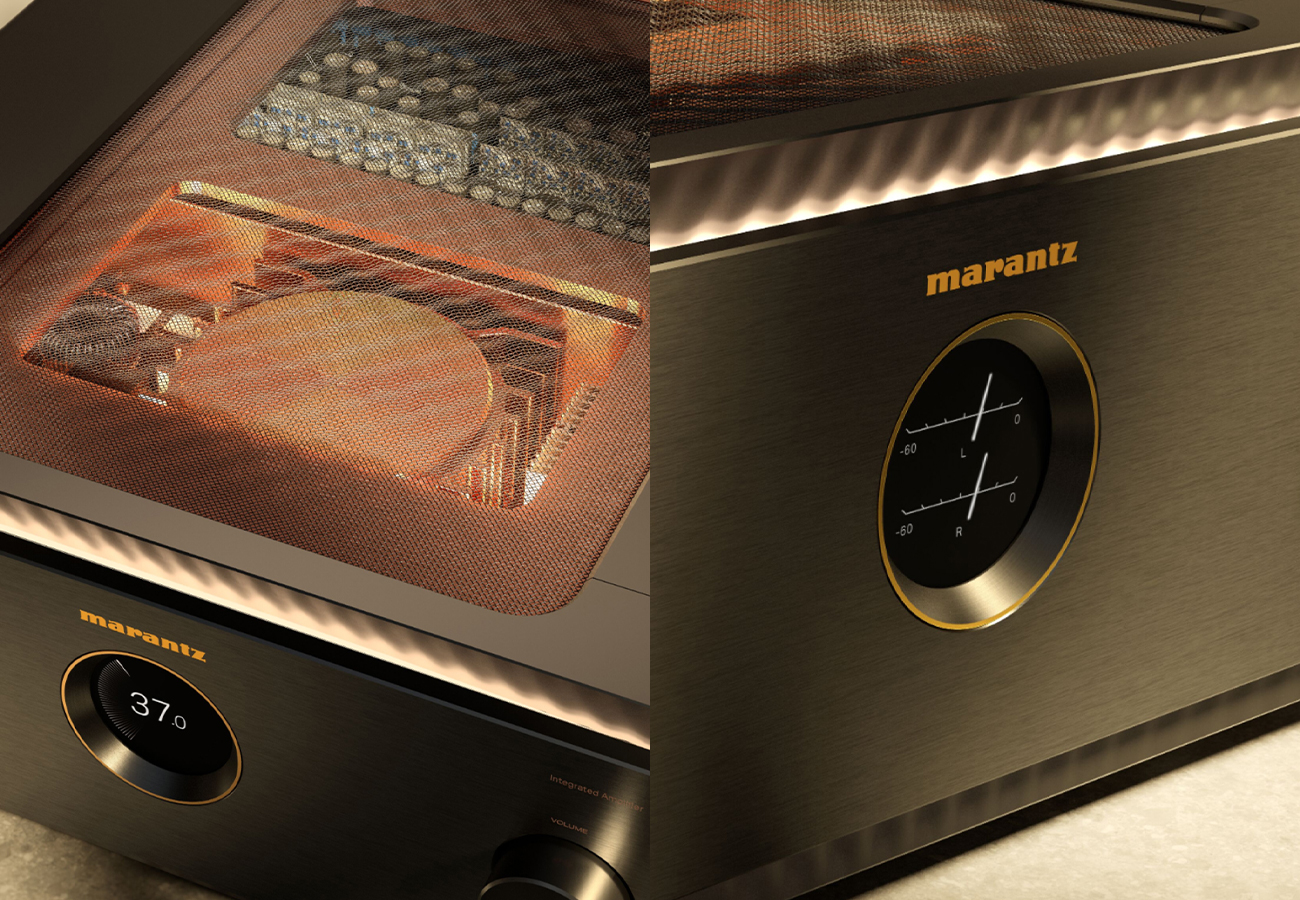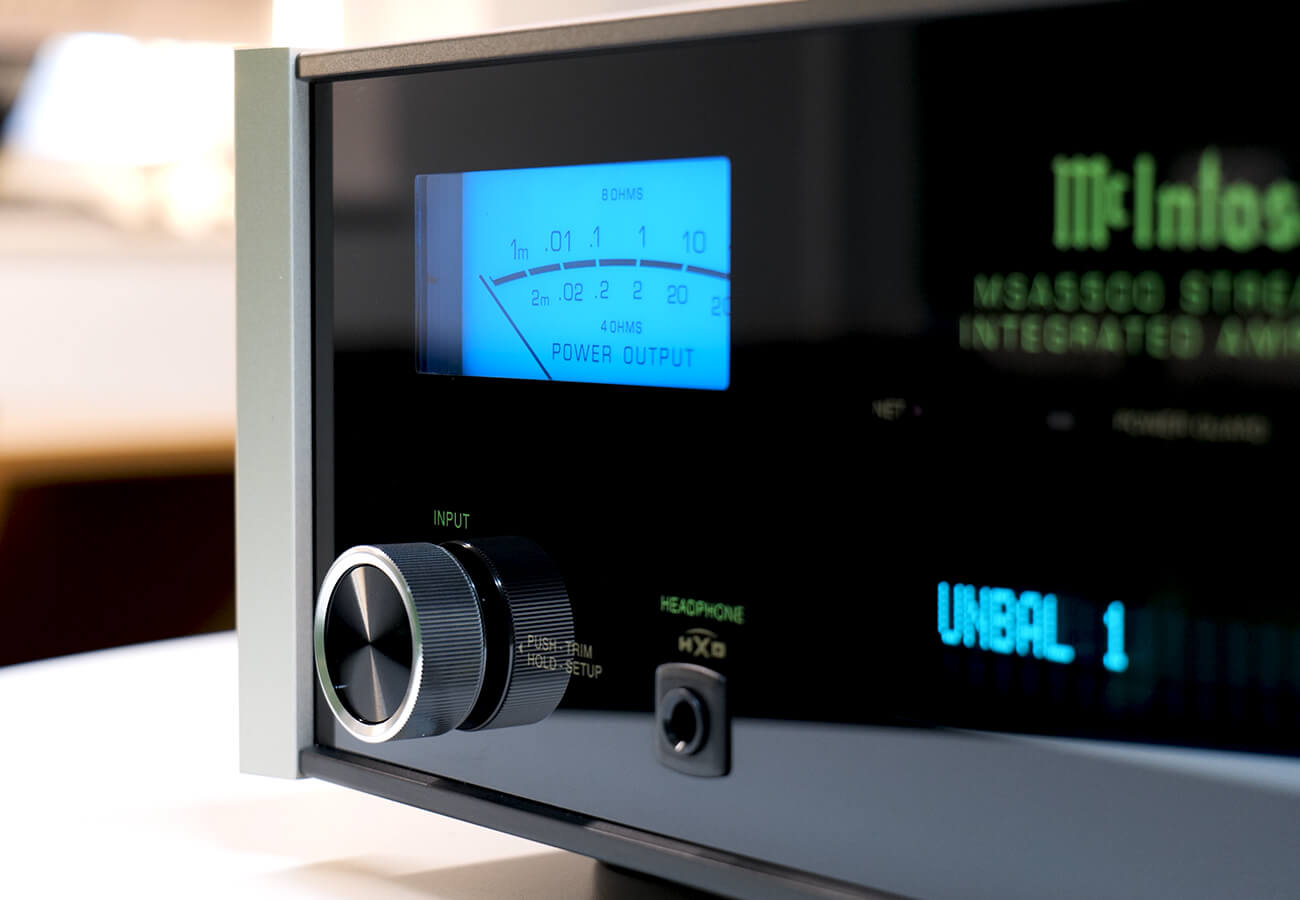
Investing in a high-end hi-fi system can be a serious financial commitment. But do expensive systems truly deliver better sound, or are you just paying for premium materials and marketing?
At Peter Tyson we deal in some of the most prestigious and cutting-edge audio systems on the market, as well as entry and mid-level hi-fi. Our experts have a deep understanding in the finer details of why one system might make your spine tingle, and your smile widen over another. Exploring high-end hi-fi can raise so many questions, including why is it so expensive?
Before you even enter the show room, understanding what justifies the cost can help you decide whether upgrading is worth it.
What Makes Hi-Fi Systems Expensive?
Higher-Quality Components
Premium hi-fi gear uses superior materials and components. High-end speakers feature better drivers, enclosures designed to minimize resonance, and more refined crossovers. Expensive amplifiers have low-distortion circuitry, premium capacitors, and higher-quality power supplies. These factors contribute to a cleaner, more natural sound.
Advanced Engineering and Design
The research and development behind high-end hi-fi systems often take years. Engineers fine-tune circuits, optimize internal layouts, and test various materials to achieve the best sound. High-end manufacturers also invest in custom DACs, power supplies, and preamps that significantly reduce distortion and improve audio clarity.
Superior Build Quality
Cheaper audio gear often uses plastic and thin metal casings, while premium equipment features machined aluminium, wood, and other high-density materials. These not only improve durability but also reduce unwanted vibrations that can colour the sound.
More Powerful Amplification
Higher-end amplifiers provide more power and better headroom, ensuring dynamic range is maintained even at high volumes. This means you hear music as the artist intended, with full bass response, clear mids, and detailed highs.
Precision in Sound Tuning
Manufacturers of high-end systems conduct extensive listening tests, fine-tuning their products for optimal performance. Many offer custom sound profiles, hand-matched components, and tighter quality control, ensuring a more refined sound signature.


How Does a High-End Hi-Fi System Improve Sound?
Lower Distortion and Noise
Budget systems often introduce unwanted distortion due to lower-quality components and power supplies. High-end systems use better shielding, noise filtering, and signal paths to preserve the purity of the original recording.
Greater Detail and Clarity
A well-designed hi-fi system reveals details that lower-end systems might mask. You’ll hear subtle reverb, the texture of a singer’s voice, and instrument separation that creates a more immersive experience.
Improved Dynamic Range
Expensive systems handle dynamic shifts in music better. The difference between the softest and loudest sounds remains clear, preventing compression or loss of impact.
More Realistic Soundstage
Higher-end speakers and amplifiers enhance stereo imaging, making it feel like the performers are right in front of you. This creates a three-dimensional listening experience, especially noticeable in orchestral and live recordings.
Better Bass Response
Cheaper speakers often struggle with deep bass, producing a muddy or boomy sound. High-end speakers use advanced driver technology and cabinet designs to deliver tight, well-defined bass without distortion.


The Law of Diminishing Returns in Hi-Fi
Where Budget Systems Shine
A well-matched budget hi-fi system can deliver impressive sound, especially when paired with good room acoustics and proper speaker placement. Many mid-range systems offer excellent performance without the premium price tag.
When Upgrades Make a Noticeable Difference
If you move from an entry-level system to a mid-range setup, you’ll likely hear a clear improvement in clarity, depth, and separation. However, once you reach a certain level, improvements become more subtle. A system costing twice as much may not sound twice as good—but it will refine certain aspects like detail retrieval and realism.
Are Expensive Upgrades Always Worth It?
If you’re passionate about hi-fi and notice subtle differences in sound, high-end gear can be worth it. But for casual listeners, the improvements might not justify the cost. Before upgrading, consider factors like room acoustics, speaker positioning, and whether a DAC or amplifier upgrade would bring better value.


What’s the Best Value Upgrade?
Improving Room Acoustics
Even the most expensive system will struggle in a poorly treated room. Adding acoustic panels, rugs, and bass traps can have a more significant impact than upgrading equipment. Many people overlook this and the acoustic quality of the room your hi-fi will live in matters just as much as the system itself.
Upgrading Speakers First
Speakers have the most noticeable impact on sound quality. A great set of speakers paired with a decent amplifier will often outperform an expensive amplifier with budget speakers. Thankfully you’re in the right place to browse an array of great speakers.
Investing in a Better DAC
A high-quality digital-to-analog converter (DAC) can drastically improve clarity and detail in digital music playback. We have several external DACs here at Peter Tyson and sometimes just upgrading this part of your system will offer noticeable improvements.
Optimizing Source Quality
Lossless streaming services like TIDAL, Qobuz, and FLAC files provide a much better source than MP3s or standard streaming quality. Additionally, the quality of your turntable and the cartridge you install on it will have a substantial effect on quality and clarity. CDs also still provide incredible quality that Spotify is yet to deliver, and high-end CD players can unlock the pinnacle potential of your collection.
Conclusion
Expensive hi-fi systems can offer better clarity, realism, and detail, but whether they’re worth the investment depends on your listening habits and expectations. A well-matched mid-range setup in a treated room can sound fantastic, often rivalling more expensive systems.
Before spending big, ensure your speakers, source quality, and room acoustics are optimized—sometimes, the smartest upgrades aren’t the most expensive ones.